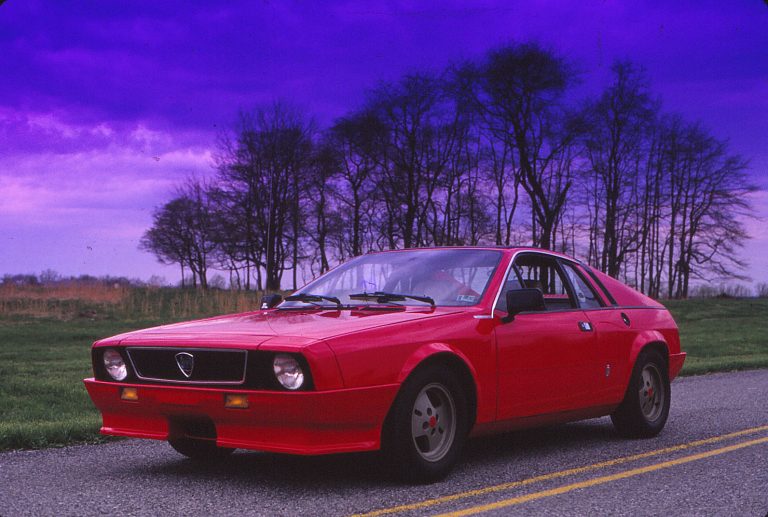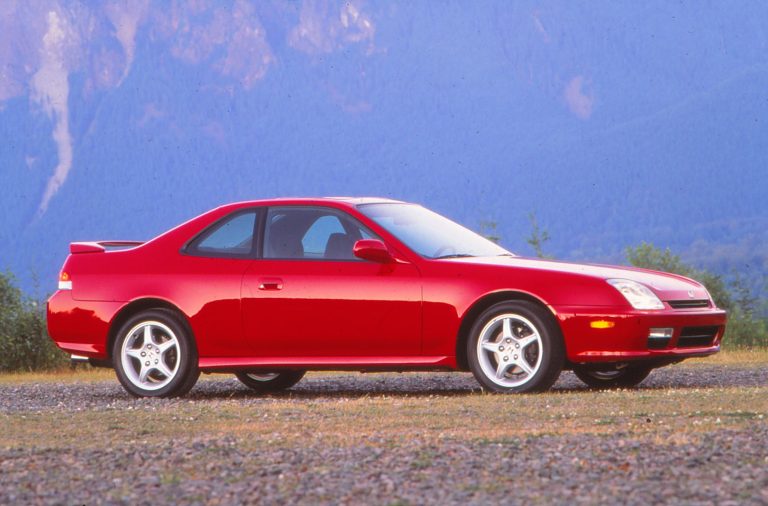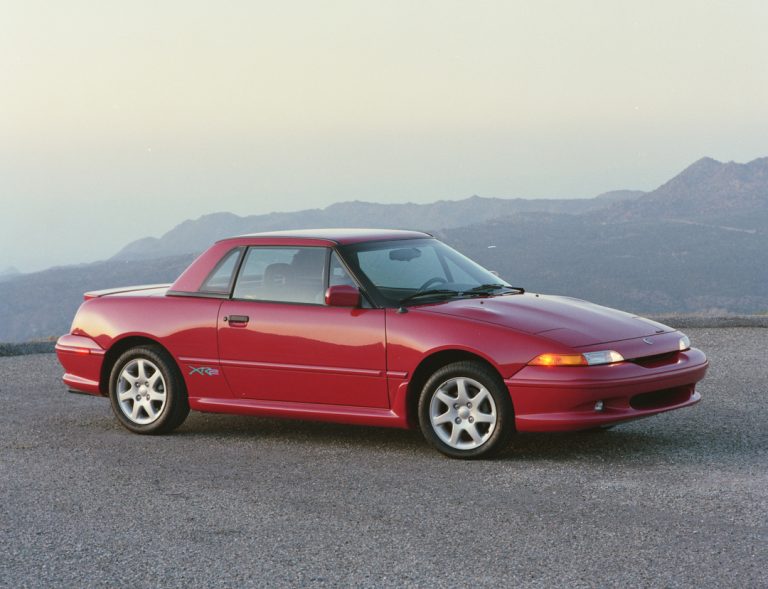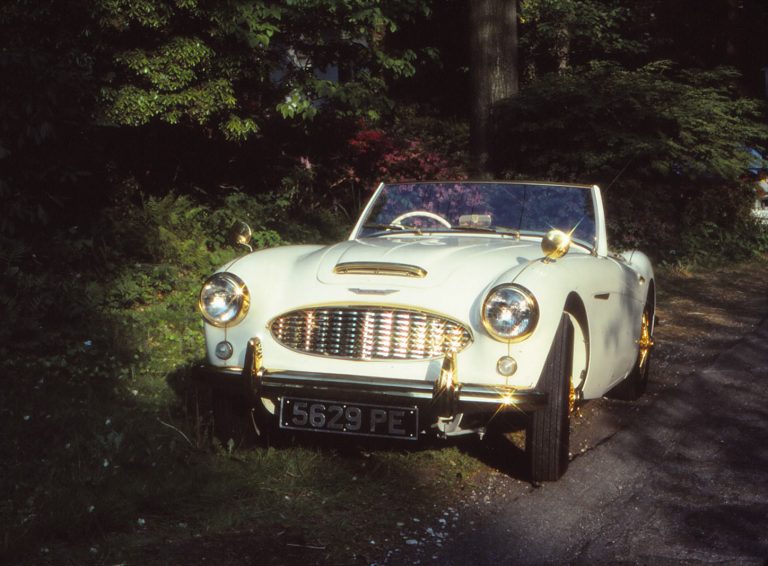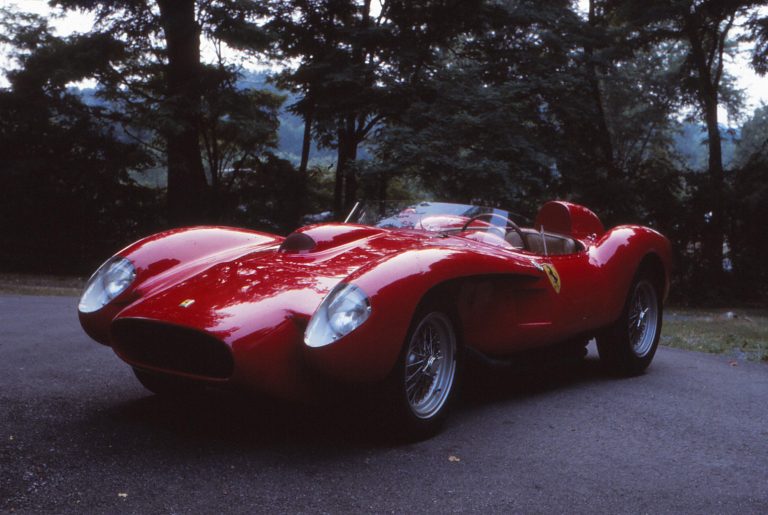History originally published in AutoWeek December 10, 1984
“Back in the mid-1950s a young man in England named Collin Hiley was apprenticed to Rolls-Royce Aero as an apprentice aero engineer,” Phil Brooks spoke with the practiced ease of one who has told the story before.
“On his weekends,” Brooks continued, “he was working for a man named Alick Pitts. Now, Alick gets was one of the great members of the Bentley Drivers Club back in the ‘50s and one of the leading competitors in the club. He built a number of remarkably interesting, ah, somewhat special vintage Bentleys and went racing with remarkable success. And did a lot of restoration work and so on.
“Collin Hiley learned a great deal from Alick, and he decided that he had to have a vintage Bentley. So he started looking around. Eventually found a couple of brothers were going to get married on the same weekend, and these brothers had been vintage Bentley nuts for a long time. Their brides-to-be suggested that the brothers ought to get rid of all their old Bentley junk – before the marriage – so Collin was able, for remarkably small sum of money, to buy enough of a car to have essentially a car and a half, in pieces, and he started putting it all together, selecting the best bits here and the best bits there, and so on.”
What Hiley obtained in May 1954 was a 1924 Bentley 3-litre, chassis number 615. What bodywork it carried originally is uncertain – factory records are incomplete – but by 1958, when Colin was finished, he had engine number 900 (produced later in 1924) and a special fabric Weymann-type tourer body made by Hiley himself. “It’s actually a remarkably good example of the way that people were restoring vintage Bentleys in England back in the ‘50s,” explained Brooks, “with all the later modifications of Bentley that you could use to improve on them, especially for competitive purposes.”
It has a water pump off a Bentley 4.5-litre, an electric fan was added, and more recent vertical slide H4 type SU carburetors replace the original type GV sloper SU’s with inclined slides.
“Hiley, I don’t think, raced this car an awful lot, maybe a little bit. Primarily he and his family used it to motor down to the west country to go sailing.”
In their day, however, Bentley 3-litres were raced, first at the 1922 Indy 500 (to no great success) and then shortly thereafter at the Isle of Man Tourist Trophy, winning the team prize. In September 1922, John Duff went to Brooklands and set class records of about 88 mph average speed from three hours to 1000 miles. In 1923, Duff, along with Frank Clement and support from Bentley, finished fourth at the inaugural 24-hours of Le Mans. Duff won the French race the following year.
Le Mans was the perfect venue for the Bentley 3-litre, actually. W.0. believed in understressed engines, perhaps harkening back to his training in locomotive engineering and experience in aero engine design. But understressed did not mean crude or simple. It meant, according to Bentley, “a car that could be pushed all day long at 60 or more miles an hour over almost any sort of road surface.” To accomplish this, the Bentley created a massive four-cylinder engine displacing 2996cc from a 3.15-inch bore and a 5.87-inch stroke. The cylinder block was a single casting, though, with cylinders in pairs and an actual gap – you can see through the engine – between cylinders two and three. The engine was very much inspired by a 1914 GP Mercedes that was left in a London showroom at the outbreak of the war (which, thanks to W.O., had much to do with the layout of the Rolls-Royce aero engine of that era). Like the Mercedes, the single overhead camshaft of the Bentley was driven by a kingshaft of the front of the engine and each cylinder head had four valves, in Bentleys words, “not too big, and with water all around for cooling. Equally important was to have water circulating closely round the plugs and cylinders, and, of course, a sensibly high top gear.”
Power output, with its 5.3:1 compression ratio, was 80 BHP, yielding a top speed of over 80. Not bad for a 1920 design road car.
“A remarkably rugged car,” assesses Brooks, “it’ll just keep on going hour after hour after hour. Like any vintage Bentley, it’s throws oil, so you stop every so often and put in a little more oil. But it isn’t burning it, it throws it. It keeps everything well lubricated.”
There are twin magneto’s and two plugs cylinder and a cutout switch on the dash for testing their operation. The transmission is a non-synchro four-speed, although first is so low that it’s mostly useful for climbing over sleeping elephants.
When Hiley acquired the car, the chassis already had been chopped down from a 10-foot-10 wheelbase to nine feet, as on the “100-mph model.”
“There have been several other cars in the [Bentley Drivers Club] to have been brought down to that length over the years, of which this was one,” explains Brooks.
Hiley obtained from Vanden Plas blueprints for Speed model tourer which had been on the nine-foot, 9.5-inch chassis length and scaled them down – some 8.03 percent by Brooks calculation – for the nine-foot chassis. Hiley made the ash frame, inserting the bits of rattle and squeak-stopping cloth between the joints, and then padded and upholstered it in vinyl. “In his collection of bits,” notes Brooks, “Colin came up with a Freestone and Webb bodybuilders plate, which he lovingly mounted back on the car as a step plate, and that’s where it is to this day. So it says Freestone and Webb, but it looks Vanden Plas.”
Is not a very big car, at least compared to many classics, but it cuts in impressive figure out in modern traffic. It’s a shape that makes small boys fall off their bicycles in awe and grown men dash out in traffic to talk when the car is stopped at traffic lights.
It’s a challenge to drive, however. For one of average height, there’s barely legroom under the large steering wheel. The shifter requires a very deliberate change, not only because it’s non-synchro (remember to let the revs drop before shifting up!), but also because it’s inside and under the dash on the right. The driver must lean forward and reach while being careful not to scrape his hand on the dash. As I did.
Adding to the difficulty is the central throttle pedal – brake and throttle are reversed from the now standard locations – and the small size of the pedals themselves. It’s easy to forget and hit the gas, or, petrol, instead of brakes. And although Bentley went to four-wheel brakes in 1924, he who hopes to rectify an initial wrong pedal decision with remedial hard braking had best be strong of leg. Even though this Bentley 3-litre has been updated to the best linkage, the big mechanically actuated drums are none too effective. Plan ahead.
Handling is surprisingly good, though there is a bit of woggle from the solid front axle when sharp maneuvers are attempted. Ride is about what one would expect from semi-elliptics and friction shocks at each corner. The sound through the Brooklands muffler is pure delight, however, starting with a purposeful bugga-bugga-bugga at low revs changing to an insistent braaaaaap as the 3500 RPM limit is approached. But not exceeded. The sounds get very expensive after that.
Hiley brought the car with him to Texas in the early 70s. In 1976 he sold the car to one Bill Chadwick, who later sold to Ted Elkins of Dallas. Elkins found it too small and in 1982 traded with Brooks for his 1963 Bentley S-3 Continental.
It’s a four and a half day journey by vintage Bentley from Dallas to Brooks’ home in Alexandria, Virginia, for which the credit must go to Everett Pauls. Incidentally, they brought a 1921 Silver Ghost as a backup car – some folks do things right – but it was the Ghost that had the trouble, not the Bentley 3-litre.
“When it arrived from Dallas, after that long epic drive, we all got out and started cleaning the thing off, and managed, in washing it and cleaning it and prepping it, to soak the magnetos,” recalls Brooks. “It didn’t want to start. By the time we finally got it started, which was early evening, there were eight or 10 people who had come from all over the East Coast – members of the club – and we were all out here working on it, adjusting and tuning and spraying ether and this sort of thing, and all they got for a long time was this enormous series of backfires.” So bad was it that a little old lady reported that someone was setting off bombs in the neighborhood. But, says Brooks, “eventually we got the car started, just in time to go for a ride as the rain started too, and of course, we have no top. At that point we decided that this little green car was having a rough time of it that day, that it wasn’t easy being green, and, therefore, the car ought to be known as Kermit.” And Kermit he is and Kermit he will be known now worldwide.
Addendum: I’ve had the opportunity to drive two different Bentley 3-litres, this and a Bentley 3.0-litre belonging to John Schieffelin, a car that I drove around the course of the Pittsburgh Vintage Grand Prix. Twice is nice.











